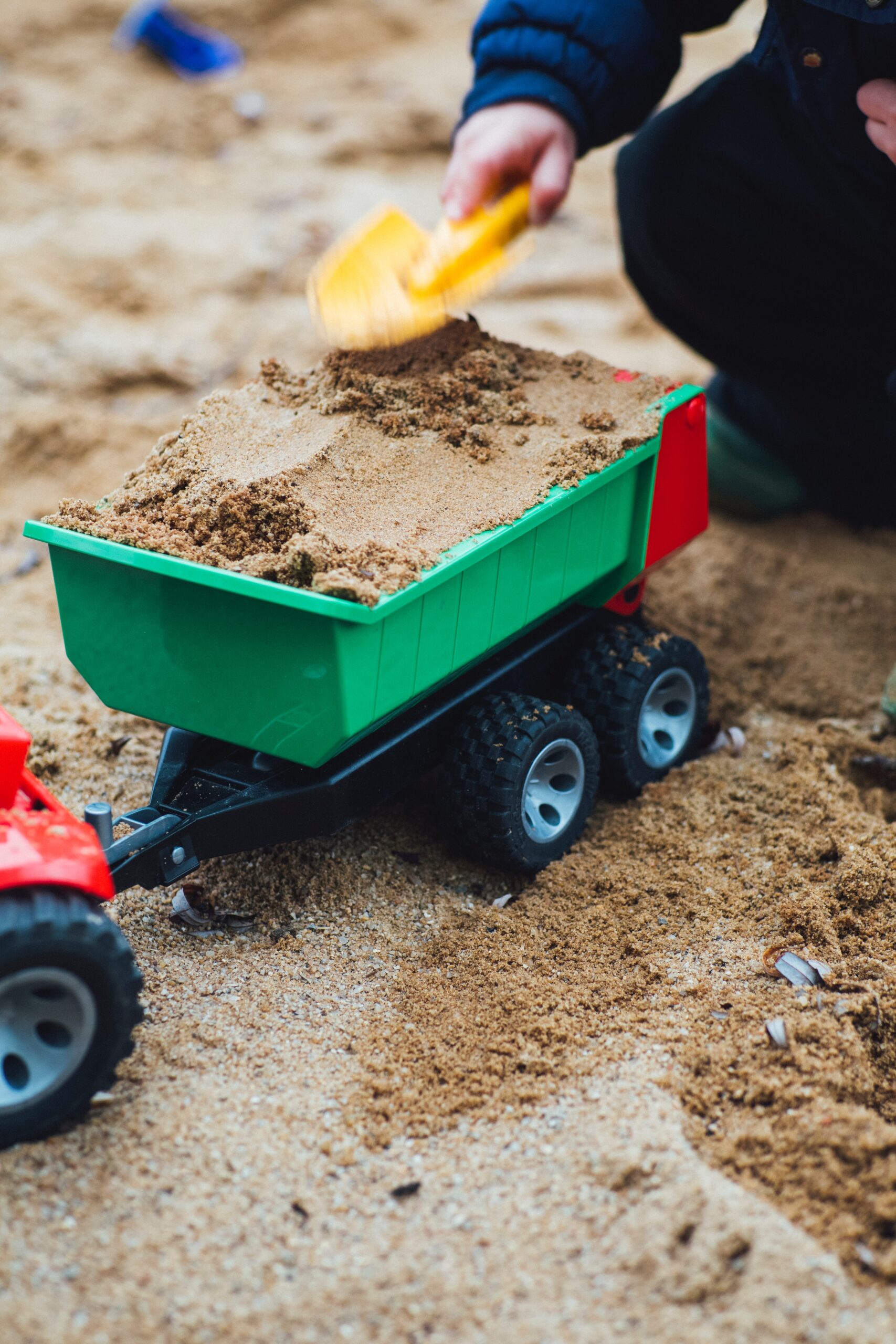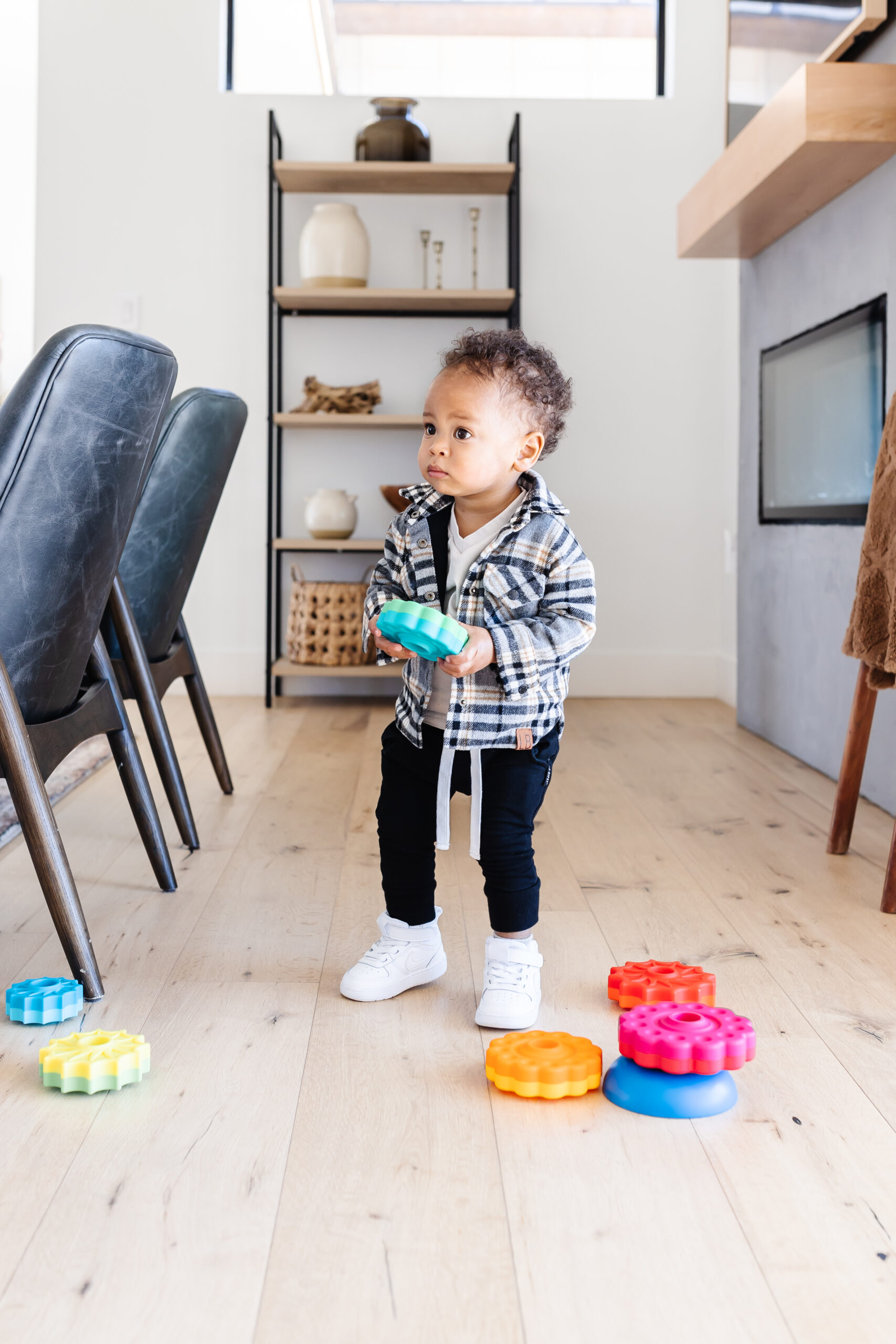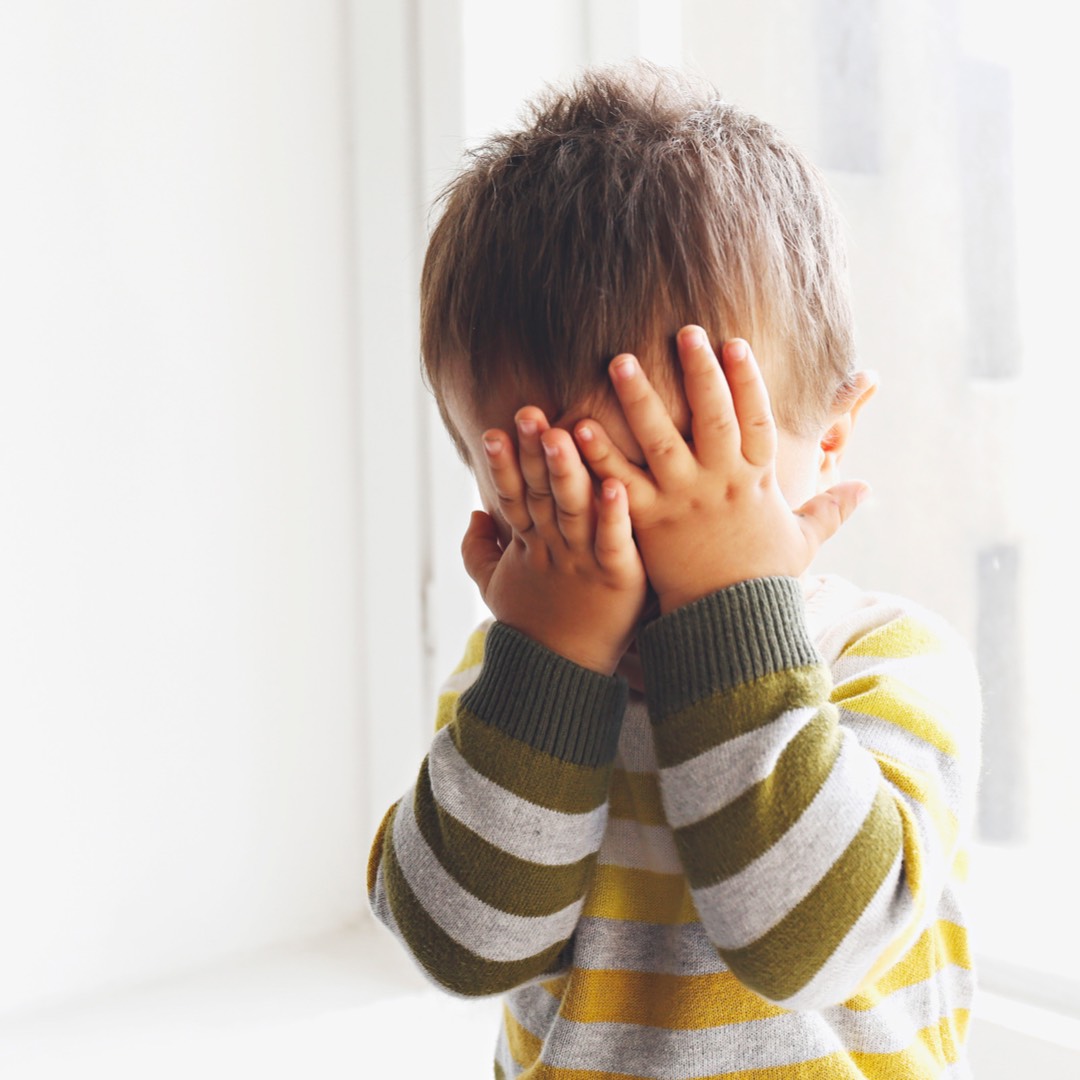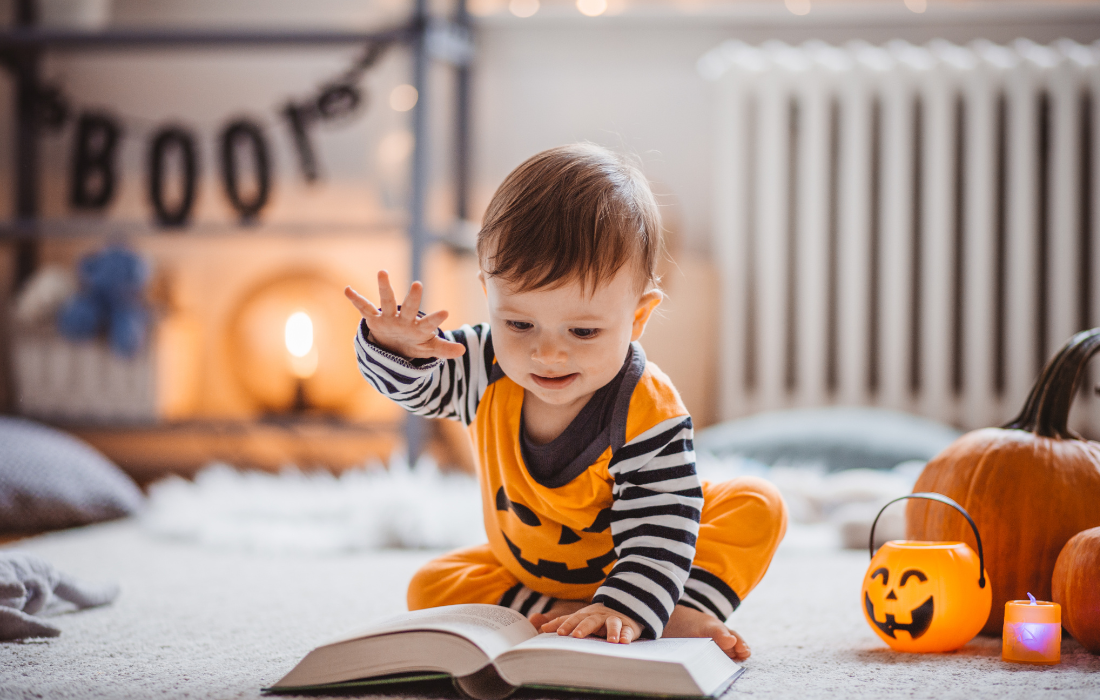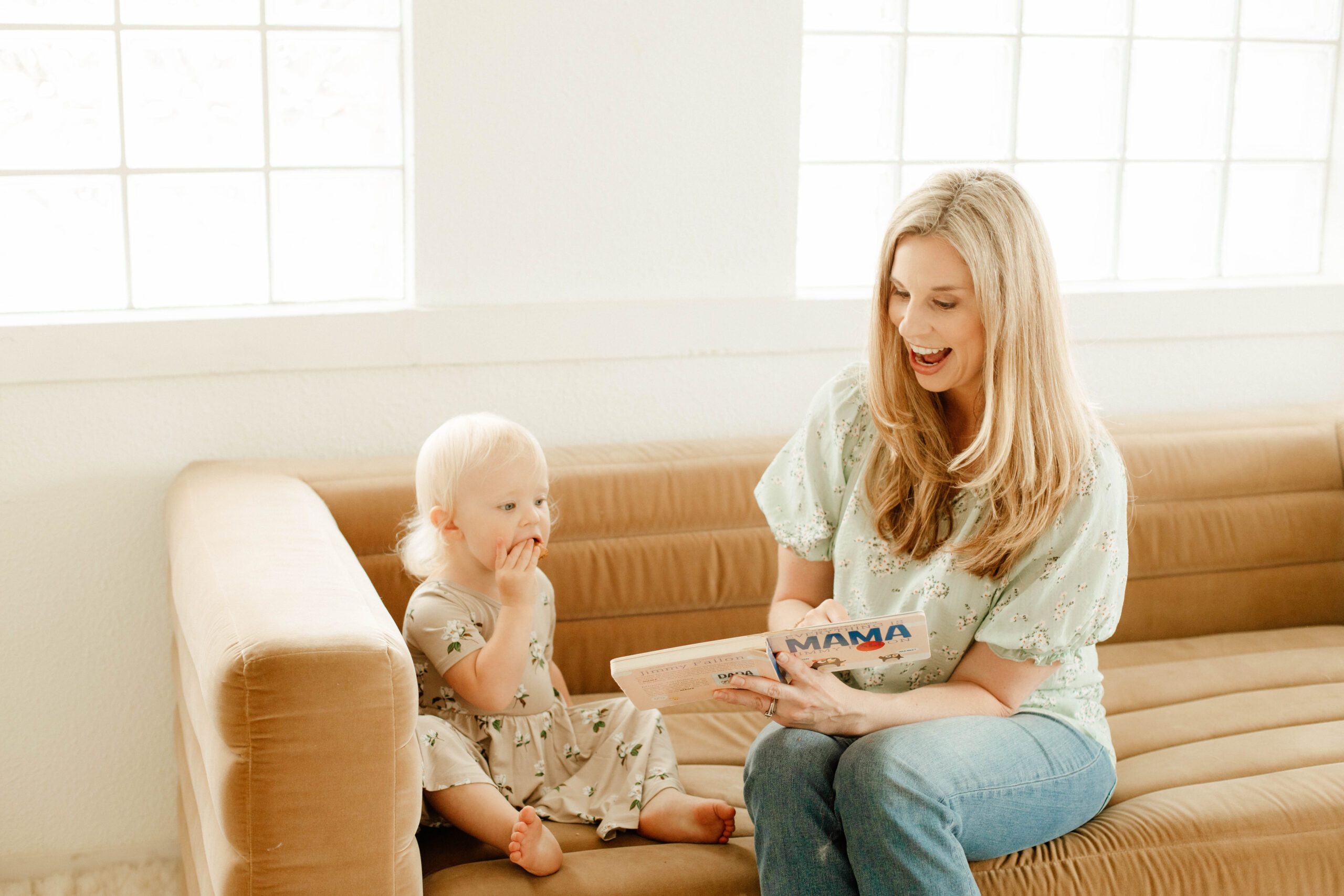
Different types of toys result in different types of interactions
As we head into the holiday season, manufacturers and toy companies are happy to bombard us with their latest and greatest toys. Many of these toys are electronic ranging from robots to tablets. One thing to keep in mind during this holiday season is that different types of toys result in different types of interactions. Children learn to talk from being talked to.
In a recent study, researchers found that electronic toys are associated with decreased quality and quantity of language input compared to play with traditional toys and books. During interactions between parents and their children, electronic toys were associated with fewer adult words, fewer conversational turns, fewer parental responses, fewer productions of content-specific words, and overall children vocalized less.
In another study, Smimova (2011) explored a traditional character toy compared to an electronic/interactive toy (battery operated duck). In their study, researchers found the following:
- With the interactive toy, play was purely functional. Children switched the button on and off without exploring other ways to play with the toy. They disregarded all of the accessories (feeding dish, bath, etc.) that came with the electronic toy.
- Not a single statement was made on behalf of the toy. Children only commented on the toy’s actions or expressed their emotions (“Ouch, it bites!” “I will switch it on now,” etc.)
- There were no signs of the creation of any imaginary situations, despite the fact that the same children had been observed using simple storylines with other toys.
- Play storylines only happened with help from the adult or when the toy was switched off.
Ideas for toys that promote language development and interactions:
Books for speech and language development:
In the Sosa (2015) study, researchers found the most language and vocabulary was associated with books, even over traditional toys! For little ones, books with repetitive lines such as “Brown Bear, Brown Bear” give children a chance to participate as well as build early literacy skills. Authors such as Mo Williams and Dr. Seuss are great for preschool age children.
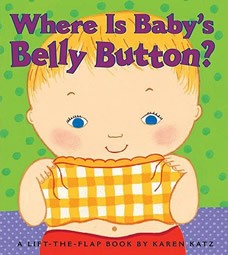
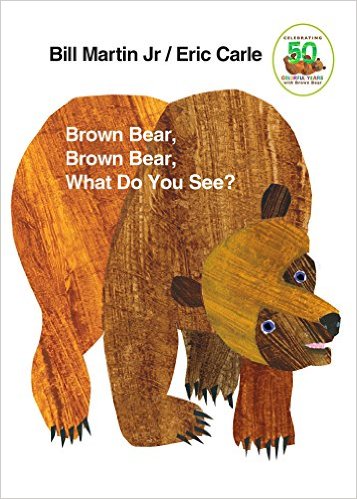

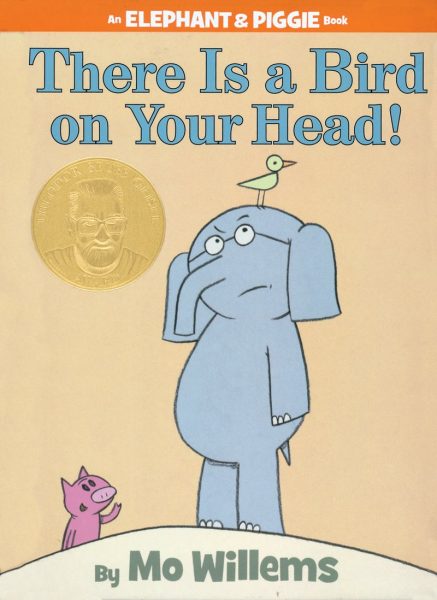

Blocks for speech and language development:
Blocks can transform into anything! That’s how they foster imagination, creativity, and even executive functioning skills. For more on this, check out my article, “Why Blocks Beat Batteries.”

Pots and pans/kitchen tools/pretend food for speech/language development:
Children play what they know. Having the chance to prepare food just like their parents is exciting for children! There are also many opportunities to learn and practice verbs such as pour, cook, bake, and stir. Kitchen play also gives children the chance to practice multi-step play, a more complex form of play.

Mr. Potato Head for speech and language development:
One of my favorites! I have the large one pictured below (mine is from Kohl’s) that also doubles as storage for the pieces. Mr. Potato Head provides so many opportunities to learn concepts such as body parts, pronouns, and prepositions.
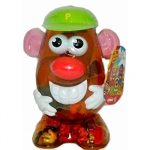
Board Games for speech and language development:
Games such as “Candyland” and “Chutes and Ladders” are great for teaching early social skills such as taking turns and dealing with disappointment. Early skills such as colors and numbers are also embedded into these types of games. Educational Insights is a great resource for games and they are organized by age.
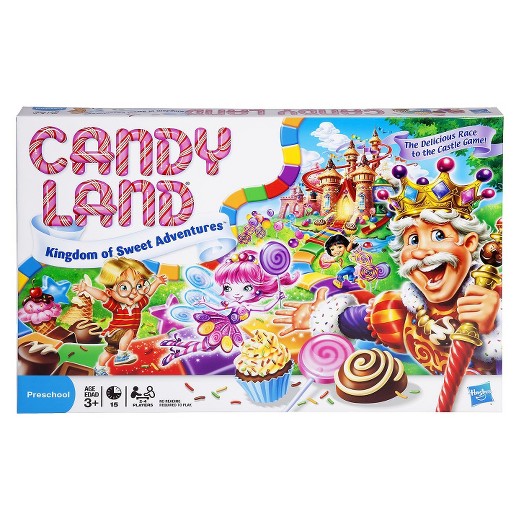

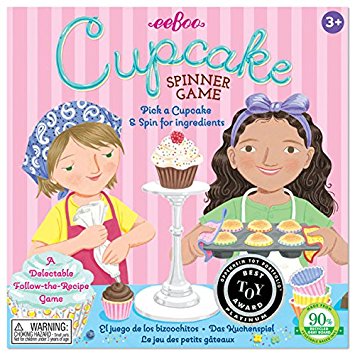
 Brooke Andrews, M.A CCC-SLP is the owner of The Speech Dynamic, LLC. in Houston, TX. She specializes in social communication, language delays, and childhood apraxia of speech . Brooke has presented at various conferences and shares her expertise in her workshops for parents, teachers, and other clinicians.. Her clinical expertise include play-based learning,, social communication, literacy, and executive functioning.
Brooke Andrews, M.A CCC-SLP is the owner of The Speech Dynamic, LLC. in Houston, TX. She specializes in social communication, language delays, and childhood apraxia of speech . Brooke has presented at various conferences and shares her expertise in her workshops for parents, teachers, and other clinicians.. Her clinical expertise include play-based learning,, social communication, literacy, and executive functioning.
References:
Smirnova, E. O. (2011). Character toys as psychological tools. International Journal of Early Years Education, 19, 35-43
Sosa, A.V (2015) Association of the type of toy used during play with quality and quantity of parent-infant communication. JAMA Pediatrics. Published online December 23, 2015.

